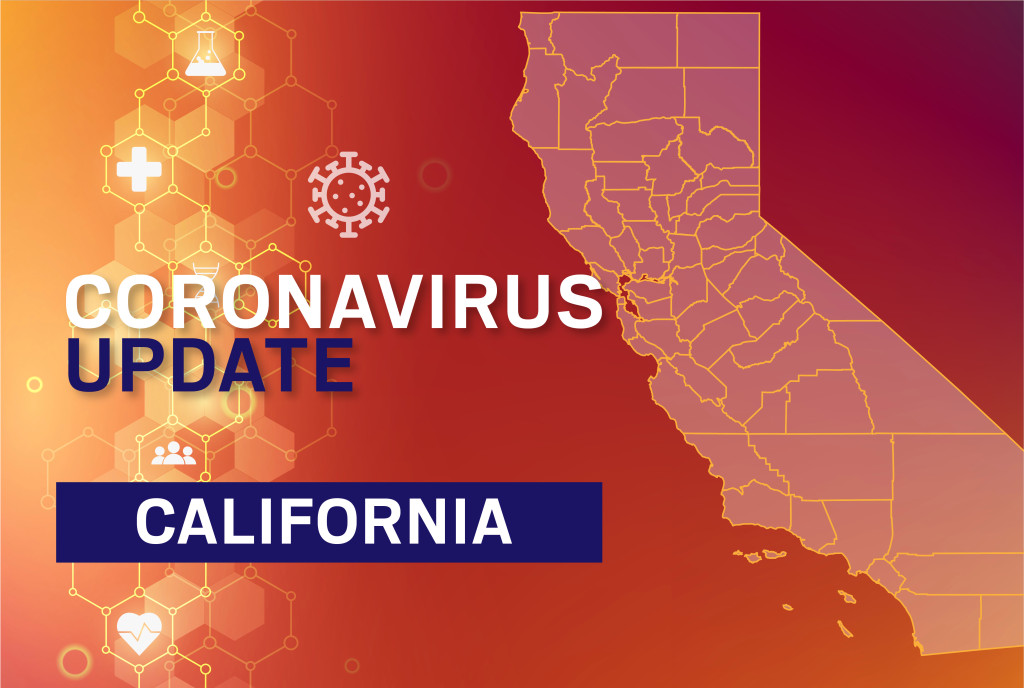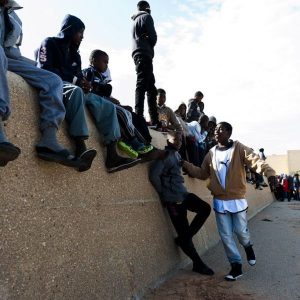The pace of new positive tests slowed over the weekend, but more reporting delays than usual could lead to abnormally large numbers of coronavirus cases to begin the week.
Still, California’s seven-day average climbed higher than ever Sunday with another 4,507 confirmed cases of COVID-19, raising the average number of daily cases to over 5,200, according data compiled by this news organization. The state’s six highest daily case counts have come in the past seven days, sending the seven-day average soaring 43% higher than a week ago. Nearly 215,000 Californians have tested positive for the virus, while the state’s death toll is nearing 6,000 after another 35 fatalities reported Sunday.
Labs around the state are processing more tests than ever, but the percentage that come back positive only continues to rise. Before last week, the seven-day positivity rate hadn’t gone over 5% since mid-May, when the state was conducting about a third of the tests it is now. After a week of record-setting testing and cases, that number hit 5.9% with Sunday’s results.
Many counties already don’t report new results on Sunday, but problems with CalREDIE, the system health departments use to track cases, caused others to also skip reporting on Saturday. Those results could cause an influx of new cases Monday, which is already traditionally a high reporting day because of normal weekend delays.
Even without new data from San Mateo, Solano, Santa Cruz and Napa counties, the Bay Area recorded one of the region’s highest number of cases since the outbreak began. Santa Clara (178), Alameda (177) and Contra Costa (114) all reported more than 100 cases each for 632 total throughout the region on Sunday.
It has been Alameda, Santa Clara and San Francisco that have fueled a rise in hospitalizations across the region to levels not seen since the end of April. There were 362 patients in Bay Area hospital beds who had tested positive for COVID-19 on Saturday, the most recent day for which data was available — a 52% spike from a week ago. Those three counties account for 65% of the region’s new hospitalizations in the past week, though in at least San Francisco, a portion of that has come from non-residents being transferred into hospitals with more capacity.
The statewide hospitalization count had been outpacing the Bay Area, but that changed last week. The total, which reached a record 4,577 on Saturday, rose 28% last week and has grown 48% since two Saturdays ago. The Central California counties of San Joaquin, Kern and Fresno have seen their hospitalizations rise 58% in the past week and overtake every county in the Bay Area. Still, five counties in Southern California — Los Angeles, Orange, San Diego, San Bernardino and Riverside — continue to lead the state in hospitalizations, cases and deaths from the virus.
Los Angeles County, the most populous in the country, was one of seven that Gov. Gavin Newsom ordered Sunday to shut down bars, after they had begun to reopen. Bars were also ordered to close in Fresno, Imperial, Kern, Kings, San Joaquin and Tulare counties.



















